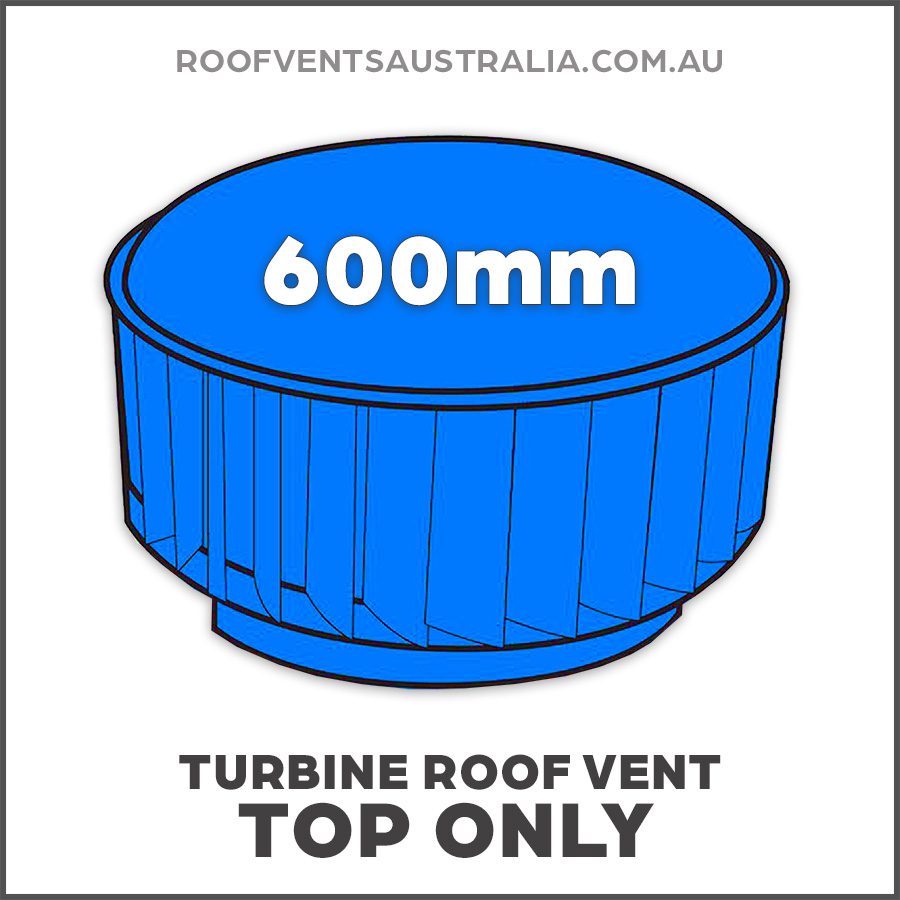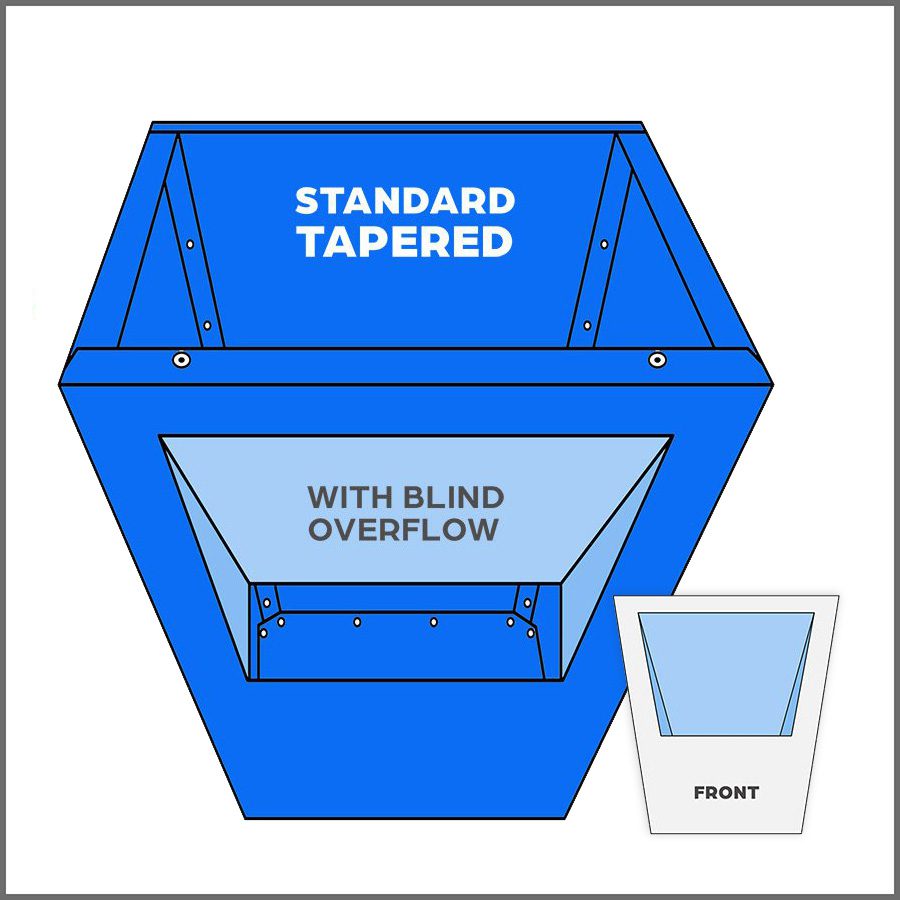commercial Industrial Turbine Roof Vents Sold Here Buy Now
Commercial Industrial Turbine Roof Vents Buy Now >
Commercial Industrial Turbine Roof Vents Tops Only Buy Now >
An Expert Guide to Turbine Roof Vents and Alternatives
Turbine roof vents, commonly known as “whirlybirds,” are a popular choice for roof ventilation. They use wind power to create airflow, helping to reduce heat buildup and moisture in attics or roof spaces. If you’re considering installing turbine roof vents, it’s essential to understand their benefits, drawbacks, costs, and alternatives. This article will address common questions to help you make an informed decision.

Are Turbine Roof Vents Any Good?
Turbine roof vents can be highly effective in promoting air circulation and reducing attic temperatures. They work by spinning in the wind, creating a venturi effect that draws hot air out of the roof space. In addition, turbine vents require no electricity, making them an energy-efficient option.
What Size Turbine Vent Do I Need?
The size of the turbine vent you need depends on the size of your roof and the amount of ventilation required. A common guideline is that each 12-inch turbine vent provides ventilation for 1,200 to 1,500 square feet of roof space. However, you should consider your roof’s pitch, location, and the amount of wind in your area to determine the optimal size.
What Are the Cons of Turbine Vents
While turbine roof vents offer benefits, they have some drawbacks:
- Noisy Operation: When spinning, turbine vents can generate noise, which can be a concern for some homeowners.
- Wind Dependence: These vents require wind to operate effectively. Without wind, they don’t provide as much ventilation.
- Leaks: In rare cases, turbine vents can allow rainwater to enter the roof space if improperly installed or damaged.
What Is the Alternative to the Whirlybird Roof Vent?
Alternative roof ventilation options include:
- Ridge Vents: Installed along the roof’s ridge, these vents provide continuous ventilation and are less prone to wind noise.
- Gable Vents: Placed at the gable ends of the roof, these vents facilitate cross-ventilation.
- Solar-Powered Vents: Operate on solar energy, providing more consistent airflow without relying on wind.
Is a Solar Vent Better Than a Whirlybird?
Solar vents offer more consistent airflow because they operate on solar energy. They can be a better option in areas with minimal wind or high humidity. Solar vents are generally quieter than whirlybirds and can work even in low-wind conditions. However, they are more expensive to install.
How Much Does It Cost to Install a Roof Turbine Vent?
The cost of installing a roof turbine vent varies depending on location, roof type, and complexity of installation. On average, you can expect to pay between $100 and $300 per vent, including installation. The final price depends on labor rates and other factors, like roof height and pitch.
Do Turbine Roof Vents Leak?
Turbine roof vents can leak if installed incorrectly or damaged. Proper installation with weatherproof flashing and seals helps prevent leaks. It’s also important to ensure the turbine spins freely, as a stuck turbine can lead to water infiltration.
How Many Turbine Vents Should a Roof Have?
The number of turbine vents needed depends on your roof’s size and ventilation requirements. A general rule of thumb is one turbine vent for every 1,200 to 1,500 square feet of roof space. However, consult with a roofing professional to determine the best ventilation strategy for your specific roof layout.
Where Should a Turbine Roof Vent Be Installed?
Turbine roof vents should be installed near the roof’s peak to promote effective airflow. They should be spaced evenly for optimal ventilation. Additionally, ensure that eave vents are in place to allow fresh air to enter as the turbine vent exhausts hot air.
Conclusion
Turbine roof vents, or whirlybirds, are a cost-effective and energy-efficient way to ventilate roof spaces. While they can be a good choice for many homeowners, it’s important to consider factors like noise, wind dependence, and potential leaks. Alternatives like ridge vents, gable vents, and solar-powered vents offer additional options for roof ventilation. Ultimately, the best choice depends on your roof’s design, climate, and personal preferences.



